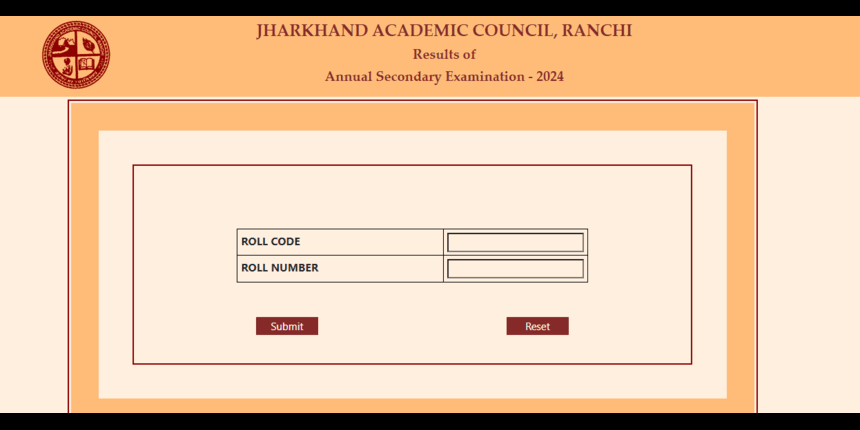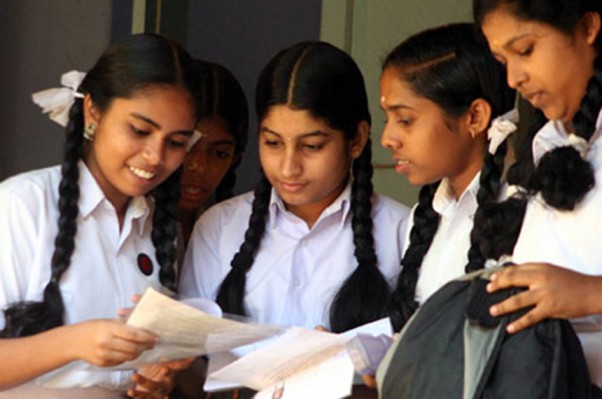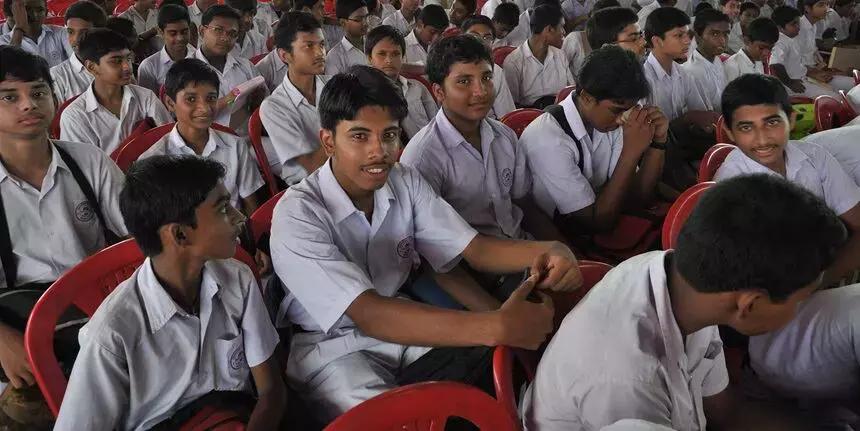IIT Delhi researchers develop technology to convert e-waste into wealth
Researchers at the Indian Institute of Technology, Delhi develop a technology that will convert e-waste to metals and fuels
Know all about JEE Advanced
Candidates can get access to all the details about JEE Advanced including eligibility, syllabus, exam pattern, sample papers, cutoff, counselling, seat allotment etc.
Download Now A technology to convert e-waste to wealth
A technology to convert e-waste to wealthTeam Careers360 | March 1, 2021 | 04:59 PM IST
NEW DELHI: Researchers in the Indian Institute of Technology (IIT) Delhi has developed a technology to convert Ewaste to wealth. The technology, a zero-waste one will tackle the menace of e-waste, a statement from the institute said.
This development will cater to the need of “Smart Cities,” “Swachh Bharat Abhiyan,” and “Atmanirbhar Bharat” initiatives of the Indian government via waste to wealth generation in decentralized units.
Led by K.K. Pant, professor and head of chemical engineering of the catalytic reaction engineering department, the technology is an outcome of the fund received from the department of science and technology, the government of India.
“Electronic waste (e-waste) generation is inevitable and if the problem is not addressed now, it will lead to mountains of solid waste sooner or later. The technology pioneered by our research group is an integrated approach that will provide an environment-friendly solution to treat e-waste with the added advantage of metal recovery and fuel production,” said Pant adding, “we have successfully demonstrated the application of our technology for recycling the Waste Printed Circuit Boards (WPCBs) of computers and mobile phones - a highly complex part of any e-waste.”
Methodical analysis
A 10 kg/h (Kilogram per hour) pyrolysis plant has been installed for e-waste recycling at the institute. This will convert all types of e-waste to combustible gases of 28 MJ/kg (Megajoule per Kilogram) calorific value, a liquid fuel of 30 MJ/kg calorific value, and a metal-rich solid residue, the statement said
The process consists of three steps, Pyrolysis of e-waste, Separation of metal fraction and recovery of individual metals.
In the first step, e-waste is shredded to produce liquid and gaseous fuel and a metal-rich solid fraction.
In the second step, the leftover solid residue is further processed which yields 90 to 95% pure metals mixture and some carbonaceous materials. The carbonaceous material is then converted to aerogel for oil spillage cleaning, dye removal, carbon dioxide capture, and use in supercapacitors.
The third step involves recovering individuals metals at a low-temperature. A roasting technique is employed to recover metals such as copper, nickel, lead, zinc, silver and gold from the metal mixture.
The outcome
The resultant of the process is a recovery of nearly 93% copper, 100% nickel, 100% zinc, 100% lead and 50% gold and silver each.
It is a green process in which no toxic chemicals are released into the environment.
The team was awarded the SRISTI-GYTI (Gandhian Young Technological Innovation) appreciation for the year 2020.
According to the Global E-waste Monitor Report 2020 around 53.7 million metric tonnes of e-waste were generated in 2019 globally, and it is expected to reach 74.7 MMT by 2030.
Write to us at news@careers360.com.
Follow us for the latest education news on colleges and universities, admission, courses, exams, research, education policies, study abroad and more..
To get in touch, write to us at news@careers360.com.
Next Story
]Whistleblower professor's student gets PhD from IIT KGP after 6 years
The president is the Visitor to the Indian Institute of Technology (IIT) Kharagpur among other central institutes. "I am happy that Mahesh Shirole has got a PhD degree after six years of battle with the IIT Kharagpur and the Ministry of Education," Kumar, who is Shirole's supervisor and is now a professor in the Jawaharlal Nehru University (JNU) here, said.
Press Trust of India



